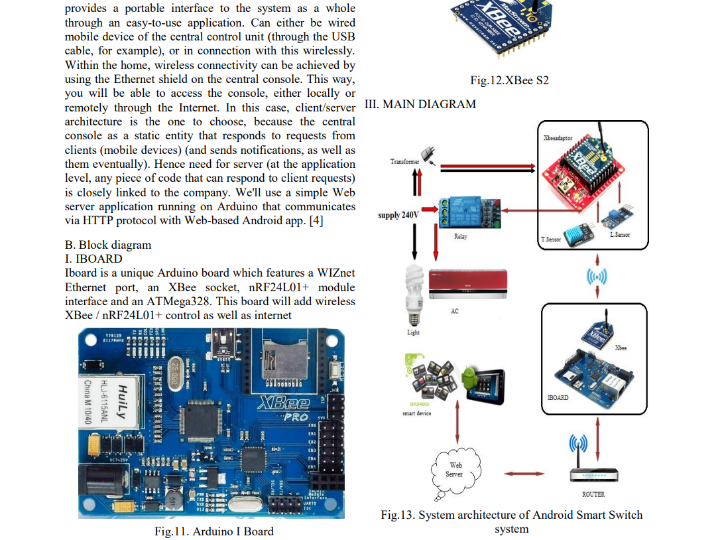[RE] Implementation of Smart Home Control by Using Low Cost Arduino & Android Design
A paper on implementing smart home control with WIZnet ethernet ports

In the February 2016 issue of the "International Journal of Advanced Research in Computer and Communication Engineering," a compelling paper was published detailing the implementation of a smart home control system that is both cost-effective and flexible. Authored by Zaid Abdulzahra Jabbar and R.S. Kawitkar, the paper presents an innovative approach to home automation that leverages the power of the Arduino platform and Android-based smartphone applications.
The essence of this research lies in its utilization of a micro-web server with integrated IP connectivity, allowing for the remote access and control of home devices without the need for a dedicated server PC. This system stands out by offering a novel communication protocol that extends beyond mere switching functions, facilitating a more interactive and responsive smart home environment.
A key component of the system's hardware is the WIZnet board, which provides a reliable Ethernet interface for the Arduino, enabling seamless connectivity and communication over the network. The use of the WIZnet board is a testament to the system's design philosophy, which prioritizes interoperability and ease of integration, allowing for a wide range of electrical equipment and smart energy products to work in harmony.
The paper not only discusses the theoretical framework but also delves into the practical aspects of designing and implementing a small-scale smart home system. It demonstrates how a WLAN network based on the Arduino microcontroller can effectively monitor and control various home aspects such as lighting, room temperature, alarms, and other household appliances.
The proposed system's testing results have shown that proper control and monitoring functions can be executed from any device connected to a network supporting HTML5, marking a significant step towards the development of ubiquitous home networks.
This research is particularly relevant for those interested in the development of smart home solutions that are both accessible and sustainable, providing a blueprint for future innovations in the realm of home automation.

